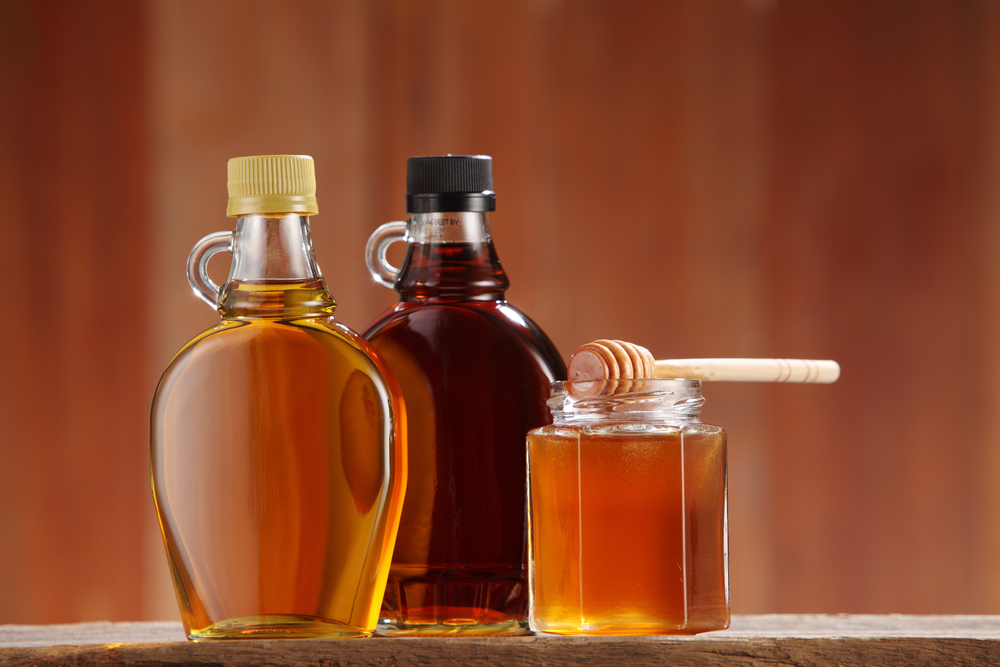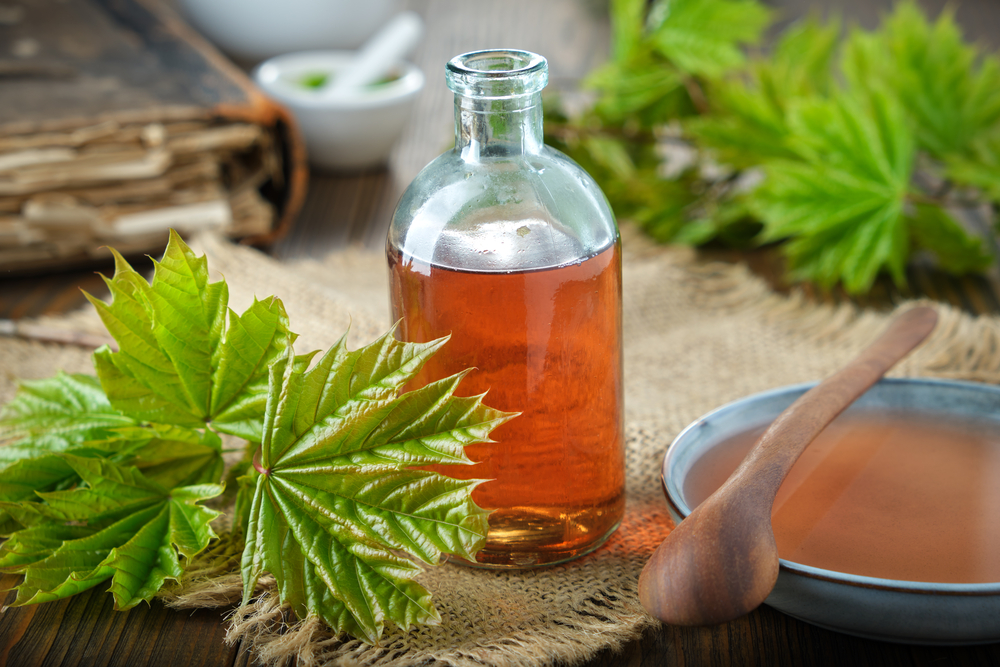2022 Guide to Maple Syrup Packaging
In the competitive syrup industry, a welcoming brand image is key to success. There are many aspects of branding, and here we’ll explore syrup packaging in detail. Read on to learn the basics of maple syrup packaging and find suitable glass bottles for your business.
The Best Packaging Options for Maple Syrup
Attractive packaging is surely important to your syrup business, but as syrup is a food product, there are other crucial considerations concerning the bottle. Maple syrup packaging must protect the product from contamination. We explore the common choices of syrup businesses in the sections below to help you find gorgeous, safe packaging.
Glass Bottles vs. Plastic
Maple syrup businesses have historically used one of three packaging options for their products: glass bottles, plastic bottles or jugs, and metal cans. The latter of these three has seen scrutiny over contamination, so modern syrup makers use either glass or plastic.
Between glass and plastic bottles, glass is the superior material for packaging syrup. This is evident in the fact that glass seals off oxygen, whereas oxygen can pass through plastic. A maple syrup’s quality is graded based on a metric called light transmission, and because of plastic’s permeability to oxygen, the light transmission degrades. To be precise, a 2020 study by the University of Vermont found that light transmission decreases by 2.6% per month when maple syrup is stored in HDPE plastic.
Choosing the Right Glass Bottle for your Syrup

Color is a big deal in the syrup industry; knowledgeable consumers can gauge the quality of the product based on its color. Again, this ties back to light transmission. If your business prides its syrup on its purity, consider clear glass packaging that proves your product is pristine.
As you think about the best bottles for your maple syrup, you may wonder about the tiny handles often found on syrup jugs. Generally, these are functionally useless; most modern syrup jars fit in the palm of the hand. Consumers can often maneuver even the larger jugs just fine without the handle. Despite the lack of function, the small handle may prove useful in packaging design and marketing. The handle is a callback to old and traditional syrup production, so consider this feature if it supports your brand.
For the best glass jars for maple syrup, refer to the table below:
| Image | Product Name | Capacity |
 |
Gallone Bottle | 3.4 oz (100 mL) |
 |
Wide Mouth Roma Glass Bottle | 16 oz. |
 |
Apothecary Glass Bottle | 8 oz. |
 |
Biarritz Nouveau Glass | 9.3 oz. |
How to Bottle Maple Syrup
After your maple syrup has passed through a filtration process, it’s time to start packaging. Though, before the syrup is actually bottled, you must heat it and check that it has the correct density. See the sections below as we go step by step through the syrup packaging process.
Step 1: Heat the Syrup
The heating temperature for syrup depends on the material that will serve as its packaging. If you’re bottling syrup in plastic, heat it to 180 °F before packaging. For glass bottles, heat to 190 °F.
To run your operation on a larger scale, water jackets will serve you well to regulate the temperature as you heat large amounts of syrup. These tools use water flow to cool the syrup as needed, preventing overheating.
Step 2: Check the Syrup Density
With the heated maple syrup, many often find their product too liquidy or perhaps too thick. If your syrup is too dense, add partially-produced syrup to thin it out. Or, if it’s too thin, let some water evaporate to make the syrup denser.
You can use a small tool called a sugar hydrometer to gauge your syrup’s density. If you want your syrup at the typical density within the industry, make sure your hydrometer reads 66.9 Brix (°Bx). Thick syrups will read a higher number, while light syrups will be lower.
Step 3: Bottle and Seal
The final step in the syrup packaging process is naturally the bottling and sealing of the product. Pour your syrup into the glass bottles with the most efficient tools available, and seal it air-tight. Use an induction seal under the lid to prevent contamination.
Conclusion
As you decide on the suitable syrup bottles for your business, remember to prioritize security alongside visual appeal. There are plenty of attractive bottles on the market, but glass packaging and tight seals allow syrup to maintain its quality. The packaging process may be tedious, but the extra effort will pay off for your customers.
Want to give your business an extra edge? Use our guide to learn the best marketing practices for your syrup products.

